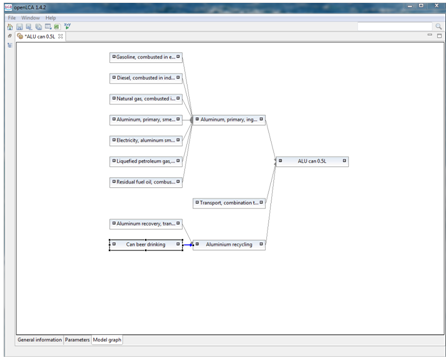

ISO, “Environmental Management Life Cycle Assessment: Principles and Framework (ISO14040:2006),” Brussels: European Committee for Standardisation, 2006. Pekey, “A comparative life cycle assessment for sustainable cement production in Turkey,” Journal of environmental management, vol. Sereshki, “Environmental impact assessment and sustainability level determination in cement plants (Case study: Shahrood cement plant).,” Iranian Journal of Earth Sciences, vol. Matodzi, “Multi-elemental analysis of heavy metals present in dust emitted from cement plants located in Pretoria and Thabazimbi, South Africa,” South Africa: Department of Chemistry, University of Venda, 2016.į. Singh, “Ambient air quality examination of a cement industry: A case study,” Materials Today: Proceedings, vol. LBNL-44314), Lawrence Berkeley National Lab: CA (US), 2000. Martin, Energy use and energy intensity of the US chemical industry (No. The third scenario produces the lowest carbon dioxide emission load compared to other methods of 849.1 kg.Į.

The results of the analysis showed that the most significant emission load was carbon dioxide of 1229.31 kg CO2eq. Then the analysis was carried out using the OpenLCA software. The first uses 100% coal fuel, the second uses 90% coal fuel, and the third uses 10% rice husk biomass. In this study, the boundary system used is cradle to gate with a three-scenario approach. This method is known as Life Cycle Assessment (LCA).

This study aims to conduct an analysis of environmental loads at each stage in the product life cycle, make decisions to identify environmental loads, and evaluate the environmental impact of a product that plays an important role in sustainable development. Thus, an analytical study is needed that can be used as one of the policy bases in the operational process of the cement industry.

In addition, the impact of the cement industry is the decline in the quality of soil fertility due to clay mining. The cement industry can also increase air temperature and noise in operational activities by using machines. The cement industry is one type of industry that has implications for the emergence of environmental pollution problems and a decrease in environmental quality due to dust pollution.


 0 kommentar(er)
0 kommentar(er)
